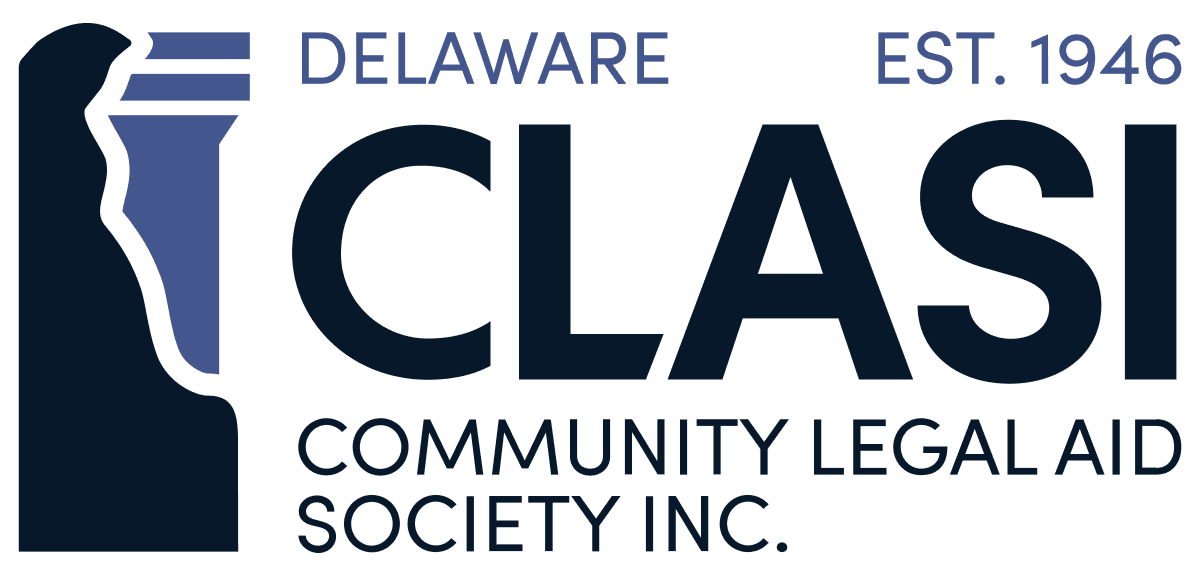Prevention of domestic and sexual violence is possible. The public health approach to ending sexual and domestic violence is heavily influenced by primary prevention; stopping violence before it occurs. This type of prevention is key because it addresses the root causes that enable perpetration of domestic and sexual violence.[i][ii]
The Centers for Disease Control and Prevention (CDC) have identified several risk factors, or characteristics that increase the likelihood of domestic and sexual violence occurring in the first place. Risk factors are some examples of the root causes we attempt to address through prevention. Poverty, wage inequities, adherence to traditional gender norms, and inadequate community supports are a few risk factors that influence perpetration of domestic and sexual violence.[iii][iv] These risk factors contribute to societal power imbalances that often enable the perpetration of violence.
The CDC published two guidebooks that describe the importance of prevention combined with suggested solutions to prevent domestic and sexual violence from occurring. Some of these efforts include strategies that intersect with economic justice.
Preventing Intimate Partner Violence Across the Lifespan: A Technical Package of Programs, Policies, and Practices[v]
Examples of primary prevention strategies to prevent domestic violence and increase economic justice:
1) Increase the number of economically stable households and families
2) Increase workplace policies that support the economic and total-wellbeing of employees and families
3) Shift communities away from harmful gender norms that influence power imbalances
4) Create and sustain safe and healthy communities
STOP SV: A Technical Package to Prevent Sexual Violence[vi]
Examples of primary prevention strategies to prevent sexual violence and increase economic justice:
1) Widen the number of economically stable households and families
2) Expand workplace policies that support the economic and total-wellbeing
3) Empower communities to be economically stable
4) Shift communities away from harmful social norms that influence power imbalances
5) Strengthen and maintain safe and thriving communities
[i]https://www.cdc.gov/intimate-partner-violence/about/index.html
[ii]https://www.cdc.gov/sexual-violence/prevention/index.html
[iii] https://www.cdc.gov/intimate-partner-violence/risk-factors/
[iv]https://www.cdc.gov/sexual-violence/risk-factors/
[v] [vi] https://www.cdc.gov/violence-prevention/php/resources-for-action/




